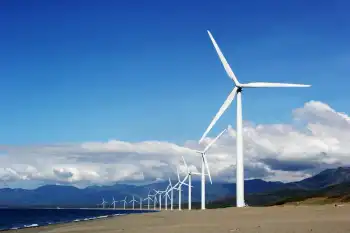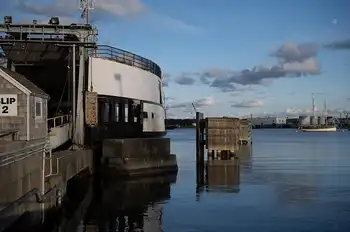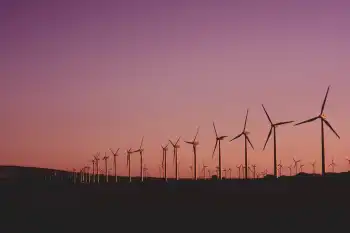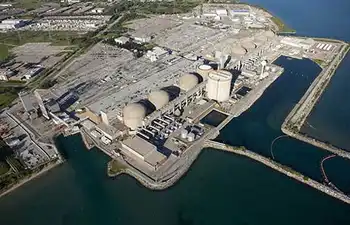City planners to give wind machines a whirl
CHICAGO, ILLINOIS - Wind power is coming soon to the Windy City.
But don't look for propellers mounted on poles. Chicago's wind machines will be thrust up into the breeze on the shoulders of its buildings.
This spring, planners said recently, two wind turbines will be mounted on the Daley Center, and eight more on a Helmut Jahn-designed building on the Near North Side.
Plans to place turbines on the Museum of Contemporary Art for its "Massive Change" exhibit, opening in September, are in the discussion stage.
The projects will provide answers about how practical and affordable wind power can be here, said Sadhu Johnston, the city's environment commissioner. Some day, turbines could be on top of commercial and residential buildings all over Chicago, he said.
His department is putting together an "urban wind map" to see what areas of the city have the most potential.
The two turbines on the Daley Center will supply only a small portion of the building's energy needs. Together they will produce enough power for four households.
"We're monitoring the equipment," Johnston said. "As soon as that's done and the weather breaks, we'll be up there."
Renewable power sources such as wind and solar are pollution-free alternatives to fossil fuels and nuclear energy, he noted.
Ground has been broken for Jahn's Near North SRO, a single room occupancy building near Cabrini-Green. Bil Becker, the turbine's designer and manufacturer, said he's been told "the roof will be ready in April or May."
Becker, a professor at the University of Illinois at Chicago and CEO of Aerotecture Ltd., calls his device an "aeroturbine." It's a 20-foot-long, 5-foot-wide horizontal cylinder containing a helical plastic sheet that catches the wind. "It's almost like a DNA structure, or like a twisted sail," he said.
Although wind turbines with propellers kill birds, Chicago birder groups are comfortable with the aeroturbine.
Recent studies show that a conventional turbine kills up to 7.5 birds a year. But Donnie Dann, president of the Chicago-area Bird Conservation Network, said, "This design is as close to zero as they can get."
Related News
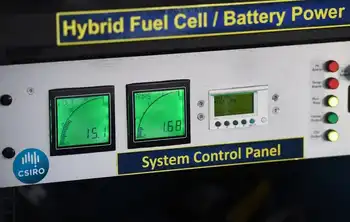
Chief Scientist: we need to transform our world into a sustainable ‘electric planet’
LONDON - I want you to imagine a highway exclusively devoted to delivering the world’s energy. Each lane is restricted to trucks that carry one of the world’s seven large-scale sources of primary energy: coal, oil, natural gas, nuclear, hydro, solar and wind.
Our current energy security comes at a price, the carbon dioxide emissions from the trucks in the three busiest lanes: the ones for coal, oil and natural gas.
We can’t just put up roadblocks overnight to stop these trucks; they are carrying the overwhelming majority of the world’s energy supply.
But what if we expand clean electricity production carried by…

